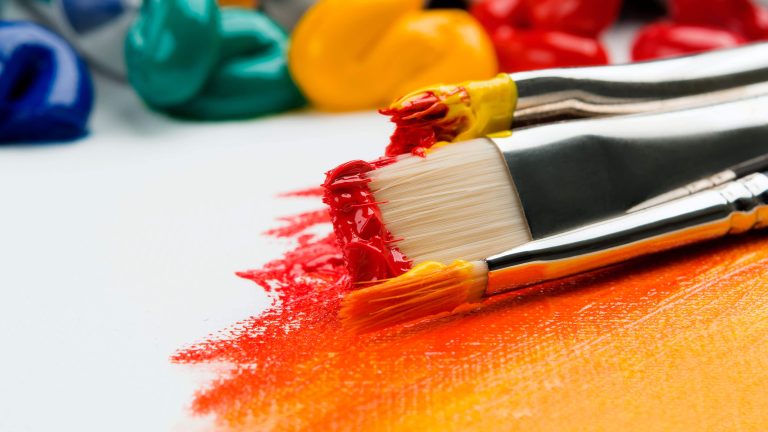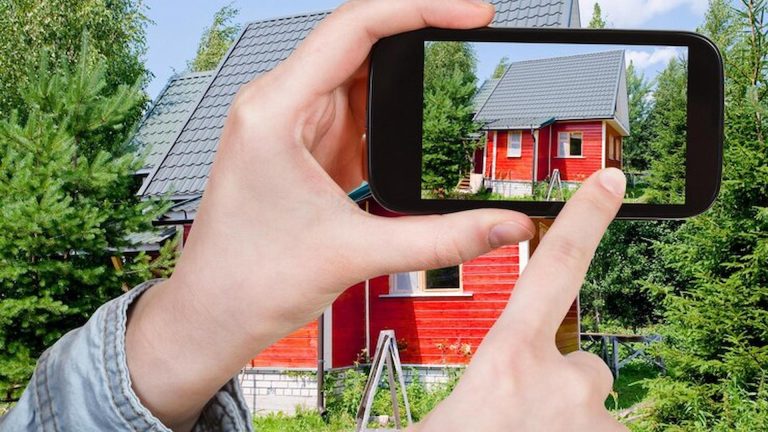Art has long been recognised as a powerful medium for expression, allowing individuals to communicate complex emotions, ideas, and perspectives. Beyond its aesthetic value, art has the potential to be a catalyst for social change, challenging norms, sparking conversations, and inspiring transformation. In this blog post, we’ll explore how artists actively shape the world through their work, utilising their creativity as a force for positive social impact.
1. Visual Storytelling: Art has the remarkable ability to tell stories that often go unheard. Through visual storytelling, artists can shed light on marginalised communities, bringing attention to their struggles and triumphs. From paintings depicting the harsh realities of social injustice to powerful photography capturing moments of resilience, visual storytelling mirrors society’s untold narratives.
Take, for instance, the work of photographer Steve McCurry, known for his iconic image “Afghan Girl.” This photograph captures the haunting beauty of a young Afghan refugee and serves as a poignant reminder of the plight many individuals face in conflict zones. By presenting these stories visually, artists like McCurry bridge gaps in understanding, fostering empathy and motivating viewers to engage with social issues.
2. Street Art: The streets have become a canvas for artists to express their opinions, challenge authority, and advocate for change. With its vibrant colours and bold messages, street art has the power to transform urban spaces into arenas of activism. Once seen as acts of rebellion, murals and graffiti art are now recognised as legitimate forms of expression that contribute to the cultural dialogue.
Banksy, an anonymous street artist, is a prime example of how art can be a powerful tool for social change. His thought-provoking murals address political corruption, inequality, and environmental degradation. By choosing public spaces for his creations, Banksy ensures that his art reaches a diverse audience, sparking conversations and encouraging people to question the status quo.
3. Interactive Art: Art is not confined to galleries and museums; it can also be a participatory experience that engages the audience in meaningful dialogue. Interactive art installations provide a unique platform for individuals to connect with social issues personally, fostering a sense of shared responsibility and empathy.
The “Before I Die” project by Candy Chang is a prime example of how interactive art can unite people. Chang transformed the side of an abandoned building into a giant chalkboard with the prompt, “Before I die, I want to…” People passing by were invited to complete the sentence, sharing their dreams and aspirations. This simple yet profound installation encouraged open conversations about life’s priorities and the universal human experience, transcending cultural and societal boundaries.
4. Performance Art: Performance art pushes boundaries and challenges societal norms, creating spaces for reflection and introspection. Through live performances, artists can convey powerful messages that resonate with audiences emotionally and intellectually. From dance to theatre, performance art can question, provoke, and inspire change.
Marina Abramović, a pioneering performance artist, is renowned for her boundary-pushing work that explores the limits of the body and mind. In her piece “The Artist Is Present,” Abramović sat silently for hours, making eye contact with visitors at the Museum of Modern Art in New York. This intimate and intense performance invited viewers to confront their vulnerability and connect with the shared human experience.
Conclusion:
Art serves as a powerful vehicle for social change, transcending cultural, linguistic, and geographical barriers. Through visual storytelling, street art, interactive installations, or performance art, artists actively shape the world by challenging perceptions, inspiring empathy, and sparking conversations that lead to positive transformation.
As we navigate an ever-changing world, it is crucial to recognise and celebrate the role of artists as agents of social change. By supporting and engaging with creative endeavours that address pressing social issues, we contribute to a more compassionate and connected global community. Let us continue to appreciate the transformative power of art and its ability to shape the world for the better.





